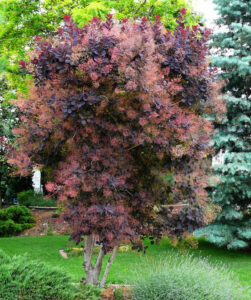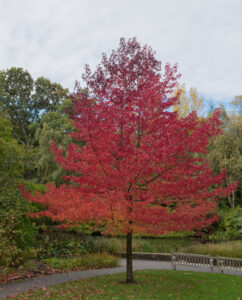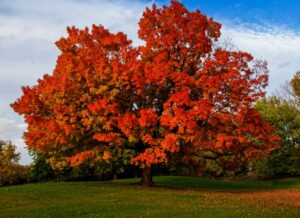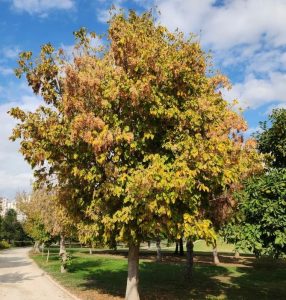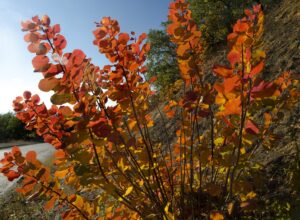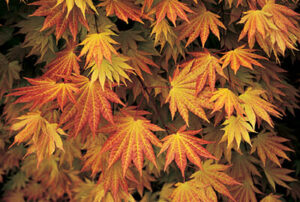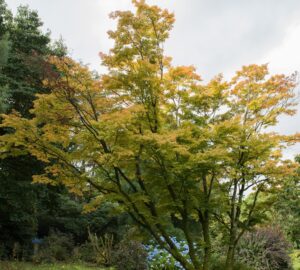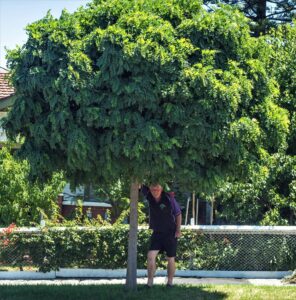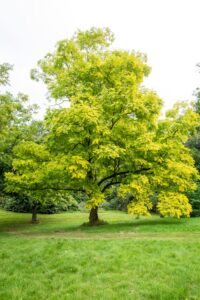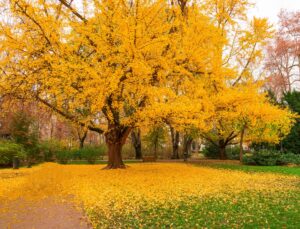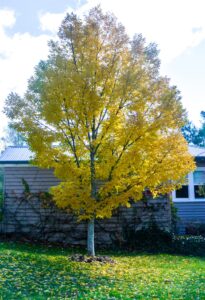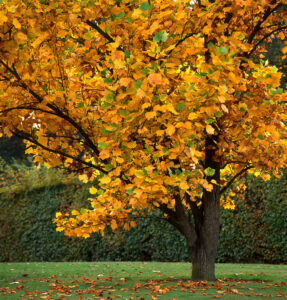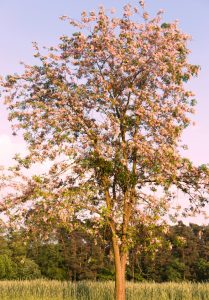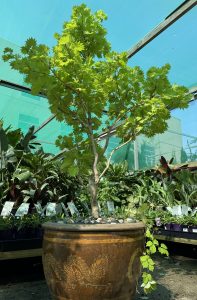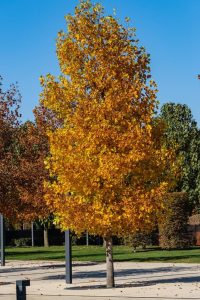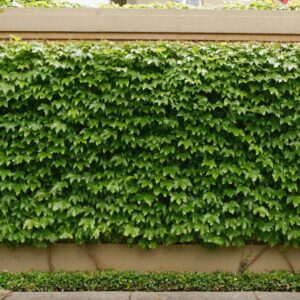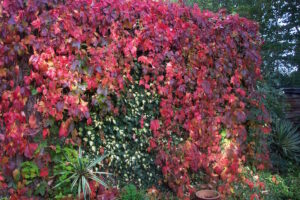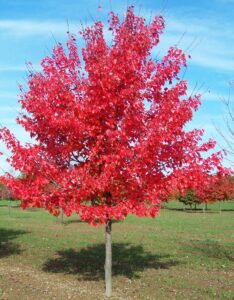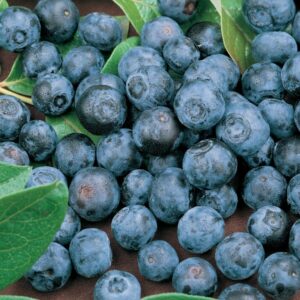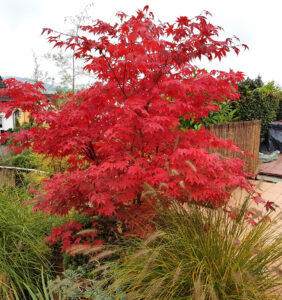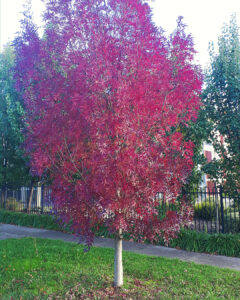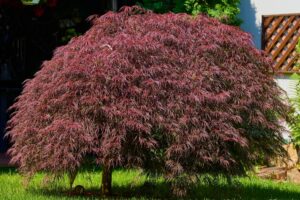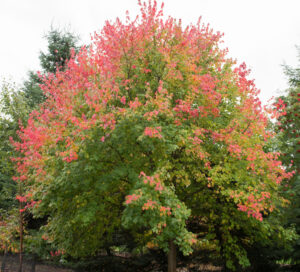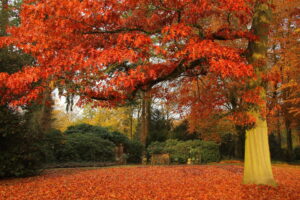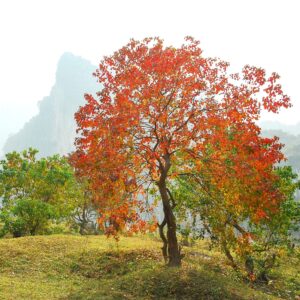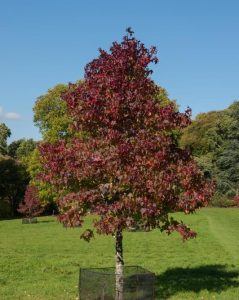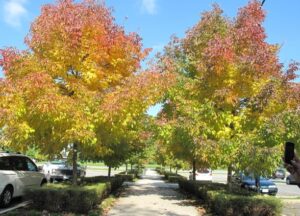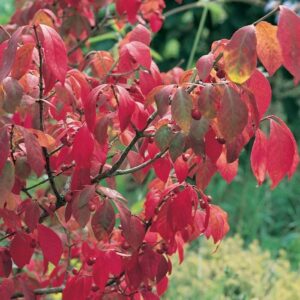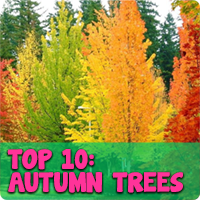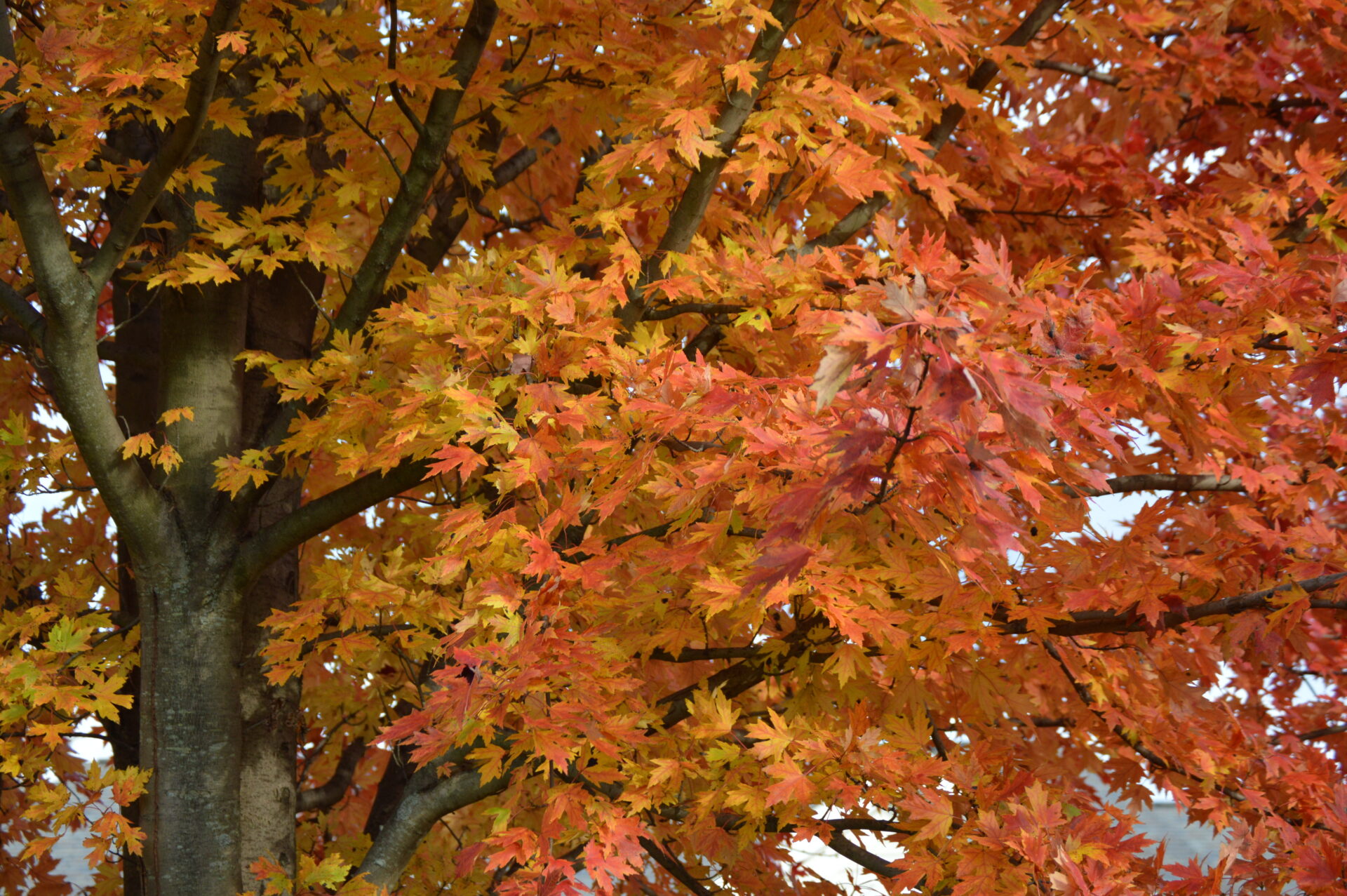
Why do leaves change colour in autumn and fall off?
Autumn is a spectacular time of the year. Trees across Melbourne turn fluorescent yellows, oranges and reds, giving us one last big splash of colour before the cold starkness of winter rolls in. However, this show isn’t put on for our visual pleasure but has a very specific purpose.
Why do some trees lose their leaves and others don’t?
There are two types of tree – evergreen and deciduous.
- Evergreen trees are just as the name suggests, they keep their leaves all year.
- Deciduous trees on the other hand deliberately lose their leaves in autumn and remain bare through the colder, darker months until the temperatures warm up again.
During the colder months it is harder for plants to photosynthesize (create food from sunlight) due to the reduction in sunlight hours. Leaves catch the wind of storms and help hold heavy snow, creating strain on branches and potential damage. If the tree loses these leaves, the wind can blow through branches with ease and snow has far less surface area to land. Plus the tree isn’t straining to produce food. Instead it reserves its energy throughout the winter and waits for the warmer months where it goes all out in nutrient production.
Deciduous trees tend to grow slower, potentially due to this process, but in turn produce denser, harder woods. Evergreen trees are generally softer woods (with the exception of Australian native trees) and grow quite quickly.
Leaves fall after the tree has finished breaking down the chlorophyll and reabsorbing all the nutrients, which it then stores in its roots over winter. The other pre-existing pigments start to become more prevalent in the leaves, thus the beautiful autumnal colours start to come out! The tree then discards the leaves as they are no longer needed.
Why do leaves change colour?
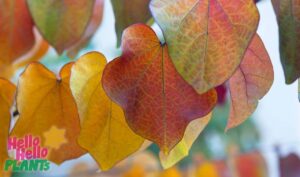 The colour of leaves come from pigments created by leaf cells, which aid them in creating food. Leaves change colour due to the breakdown of the most dominant pigment, chlorophyll, leaving the others to take over the show.
The colour of leaves come from pigments created by leaf cells, which aid them in creating food. Leaves change colour due to the breakdown of the most dominant pigment, chlorophyll, leaving the others to take over the show.
There are four pigments that affect the colour of leaves.
Green Foliage – Chlorophyll
Seen throughout the warmer months and kept in the leaves of evergreen trees, this pigment assists in photosynthesis (the process of turning sunlight into food).
Orange Autumn Foliage – Carotene
 Carotene brings a beautifully vibrant orange to plants such as Crepe Myrtles, Sugar Maples and Smoke Bush. It sounds like ‘carrot’ because it is also responsible for giving carrots their orange colour!
Carotene brings a beautifully vibrant orange to plants such as Crepe Myrtles, Sugar Maples and Smoke Bush. It sounds like ‘carrot’ because it is also responsible for giving carrots their orange colour!
Yellow Autumn Foliage – Xanthophyll
Xanthophyll is responsible for the fluorsecent yellows we see in Ashes, Birches and some Maples. It is another pigment found in foods such as corn and squash, giving them their yellow colour.
Red Autumn Foliage – Anthocyanin
Seen in many Oaks and Maples, Anthocyanin gives us that fiery red and rich claret foliage we love so much. Unlike the others, this pigment is created as the chlorophyll is broken down.
Acer ‘Red Weeping’ Japanese Maple 10″ Pot
For more on autumnal foliage and feature plants, check out our top picks for the autumn garden!






